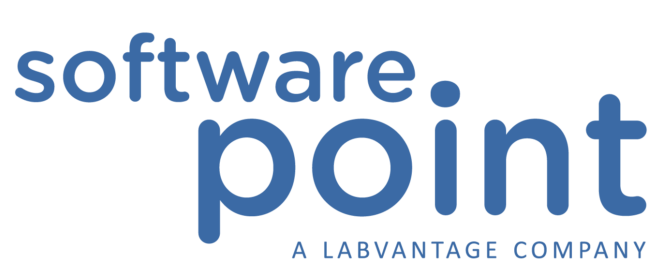17. Nov 2015 | Tags: Cost of LIMS

Guest posting – published with the permission of Siri H. Segalstad
COST OF LIMS – Part 3 of 3
In her previous blog, Siri wrote about the real cost of LIMS. Read further to learn more about calculating the real cost of LIMS.
I have three different examples:
The first is a smaller pharmaceutical customer. They had a lab with some 6-8 people, a relatively limited number of different products, and had a good overview of how much time each product would need in the lab. The conclusion was that the LIMS would break even in 2.4 years after the system went live, and add to the revenue after that. With the added quality that they could easily understand, the projects was definitely a “go-for-it” as soon as possible. I do imagine that the calculation would be about the same for a larger lab. Bigger numbers input and bigger number output would probably yield about the same result in break-even time.
The next is the big oil industry. I was teaching a class on LIMS in Dubai, and among my students were a couple of men from the Arabic oil industry. Another man was from a local water treatment plant. When the water person asked me about the cost, the oil person simply said: In our case it pays for itself the day LIMS prevents one single day of refining gone to waste. Easy calculation!
The last example this time, is a pharmaceutical company that went directly from a totally paper-based lab to a totally electronic lab in one giant leap – the only company that I have ever heard of doing that. In their paper-based system they had several layers of well-educated people with pharmaceutical and chemical Master’s degrees, who checked everything – and rechecked what others had already checked. With LIMS set up with all the controls that could be thought off, instruments and instrument IT systems connected to LIMS for automatic transfer of data, and everything validated, these well-educated persons were able to do a lot more interesting work than they had done before. They started developing new methods and product analytical technology (PAT) instead of checking what others had done. There were fewer people involved in the checking, thus saving the company wages in that part of the company.
But before saying that LIMS will save people and wages, make sure that you have implemented and validated the LIMS! That will be a period with more people needed than before you start the LIMS project. Don’t lay off people so you can buy a LIMS.
Conclusion
The price of LIMS actually is a lot higher than the stated prices for purchase, implementation costs and annual license costs. The monetary return of interest can be calculated, and may or may not be positive. However, the real benefit of LIMS is difficult to calculate: the added quality to the products. The cost of “unquality” is difficult to assess.
Can our company live without a LIMS? We certainly could not live without accounting software…..
Writer

Siri H. Segalstad, Segalstad Consulting AS

